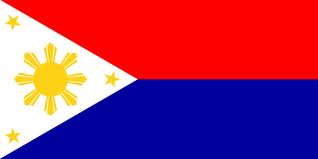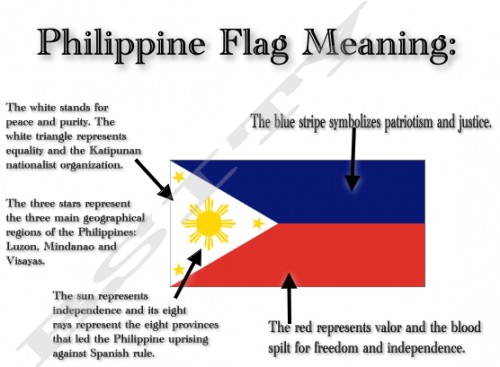A few weeks ago, we posted a Philippines fact-sheet to acquaint, or re-acquaint, you with the very basics of the country’s culture. This blog series is an attempt to remind ourselves that child soldiers are more than child soldiers. Each comes from a different cultural context with a very complicated history. A child soldier in the Philippines and one in Mexico have very little in common, except the violence they’ve been forced into.
Today’s blog offers a little insight into Filipino history and how that affects how Filipinos regard themselves.
The Philippines is a group of 7,000 islands. They were initially claimed by Spain in 1521 by Ferdinand Magellan, but they weren’t effectively ruled by Spain until 1564. The islands and their people had little sense of national identity until the mid-nineteenth century. Until then, Spanish occupation had been the unifying factor; that, and the Roman Catholicism that Spaniards brought with them. It’s only been since the middle of the 19th century that people who lived in these islands even designated themselves collectively as Filipinos. In the 20th century as independence drew nearer, they started establishing rallying points of national culture, such as a flag, symbols, national heroes, etc.
I found it particularly interesting that nation-hood was sort of thrust upon the islands when they were lumped together by Spain. And it’s only been relatively recently that there has been a Filipino culture that unifies the 7,000 islands.
This national identity is relatively new for the region. It is fair to say that allegiance to family, tribes, and towns runs deeper than national allegiance.



